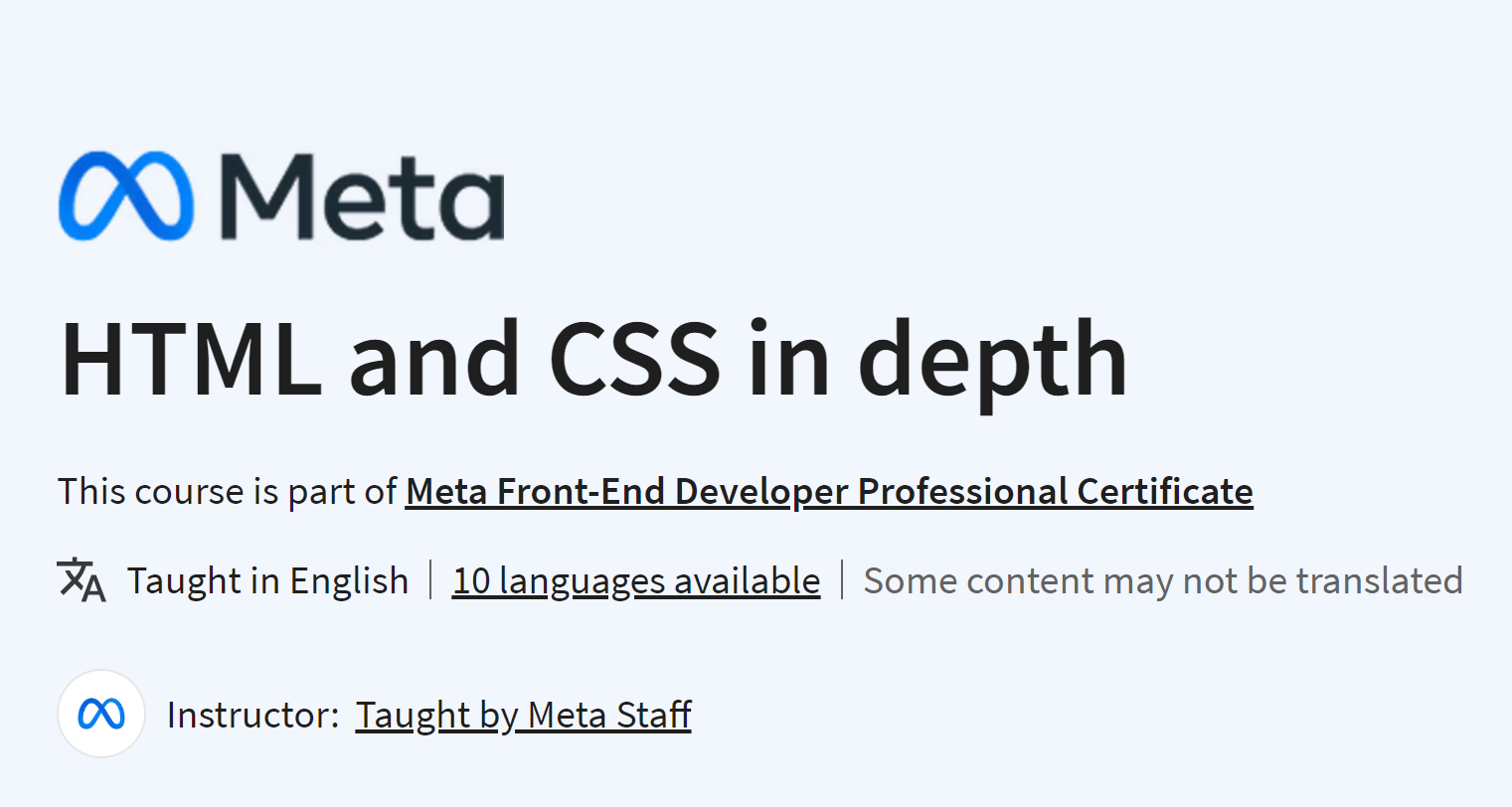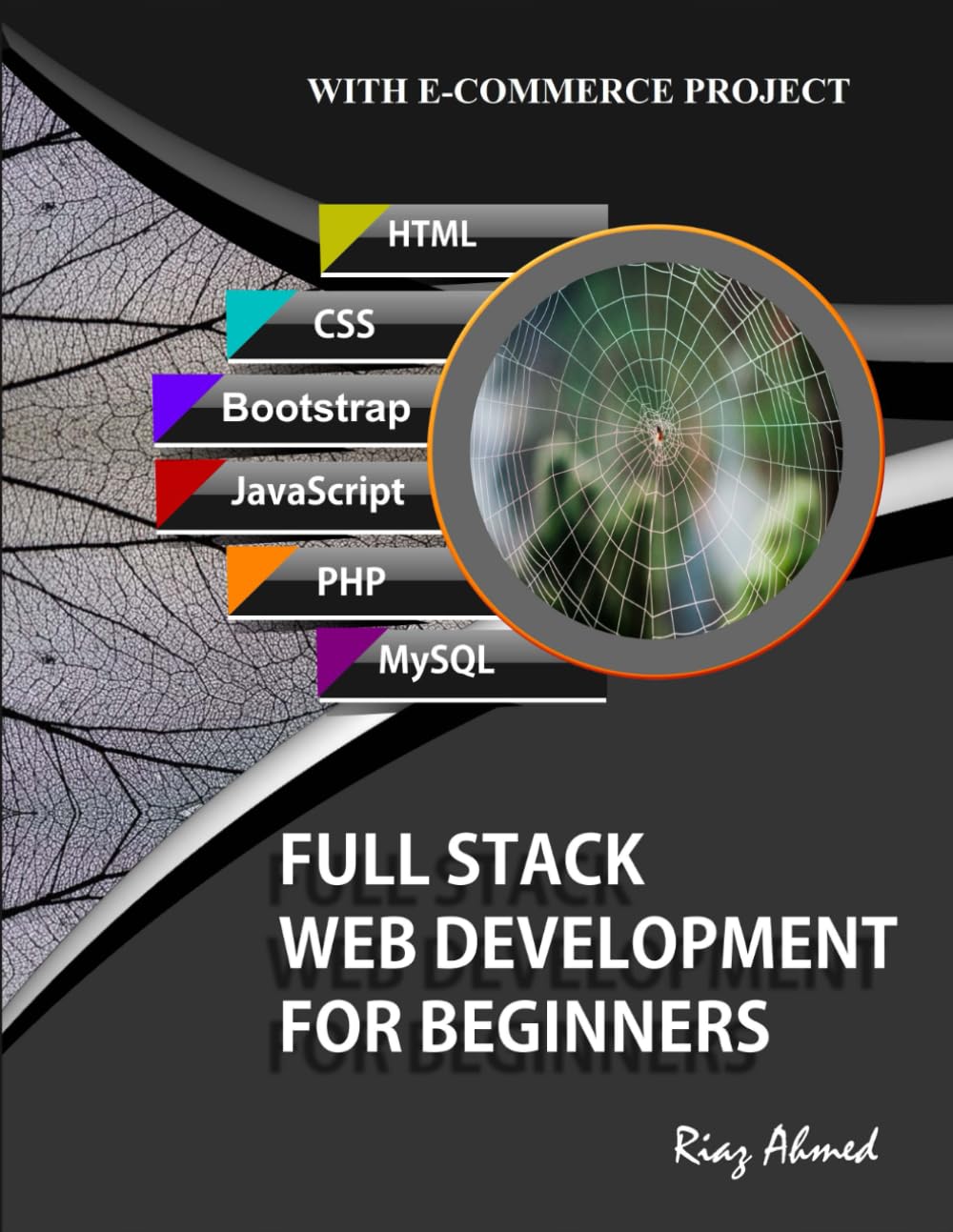The above code defines a dictionary x with integer keys and values that are powers of 2. The list(x.values())[2] extracts the third value from the dictionary's values and prints it. In Python, indexing is 0-based, so the third element has an index of 2.
Let's break it down:
x = {0: 4, 1: 8, 2: 16, 3: 32}
print(list(x.values())[2])
Here, list(x.values()) converts the dictionary values into a list, and then [2] retrieves the third element (index 2) from that list.
So, the output will be 16.












.jpg)






.PNG)




























.png)























